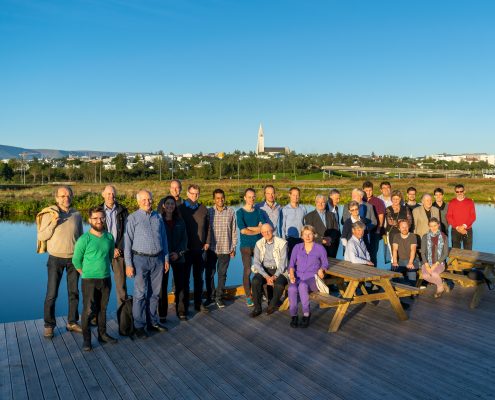
CHPM2030 Consortium and Advisory Board meeting, Iceland
Iceland is a result of 16 million years* of geological work,…
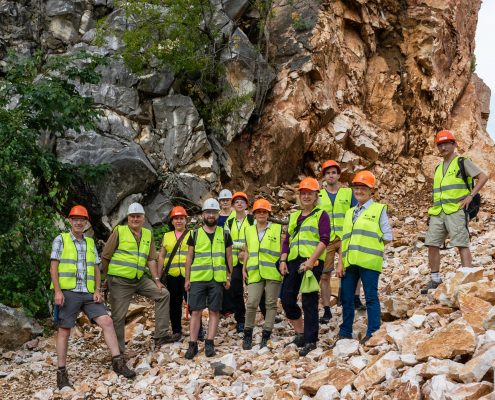
CHPM2030 Romania fieldtrip
The CHPM2030 project participants visited the second study area…
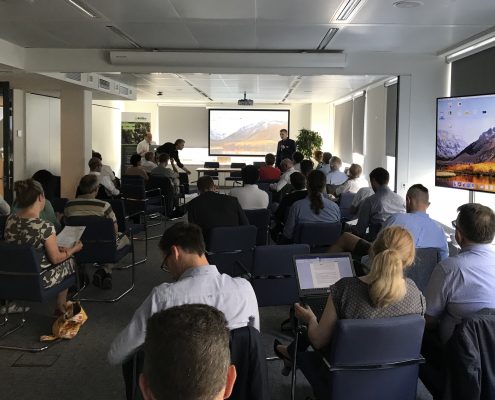
LPRC participates at BIOMOre final event, Brussels
LPRC attended to BIOMOre, a H2020 funded project on an alternative…

FORAM Pilot Event, Nancy
LPRC has attended the pilot event for the World Forum on Raw…
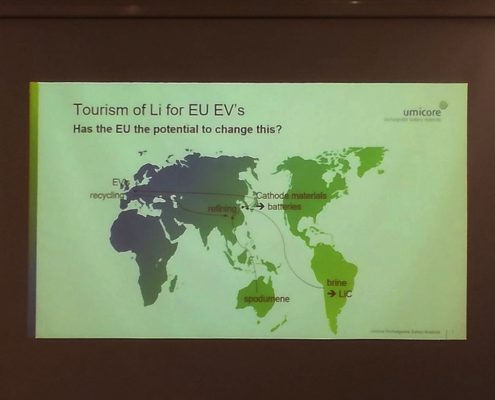
LPRC at the “Building the lithium value chain in Portugal” seminar, Brussels
On the 27th of June, LPRC attended a conference based on the…
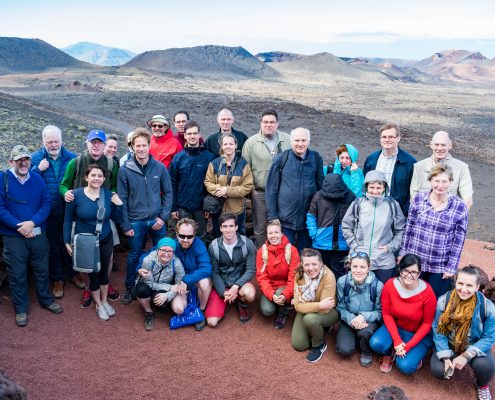
Busy week in Brussels
On June 4, LPRC joined the FTA (Future-oriented Technology analysis)…
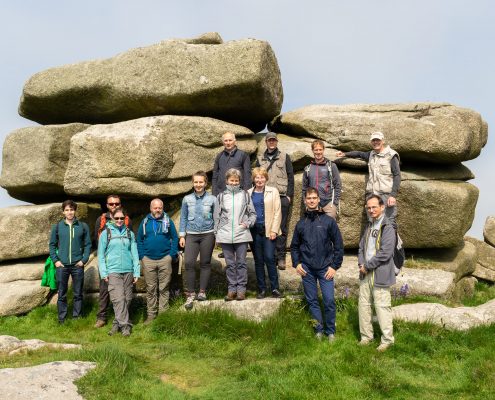
CHPM2030 Cornwall field trip
The CHPM2030 partners met in Cornwall between the 22-24th of…

LPRC at the 2nd SISBRAMME event, Porto Alegre
On May 3, LPRC joined the 2nd SISBRAMME (South Brazilian Mining,…
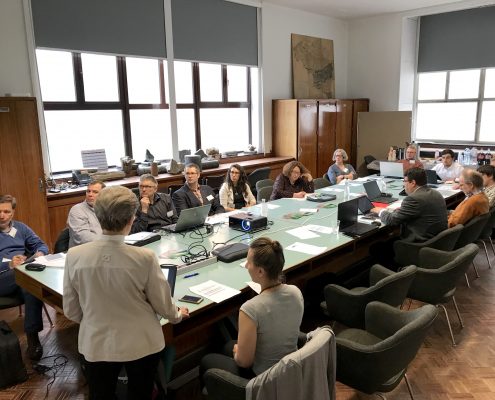
CHPM2030 LTP Orientation workshop, Brussels
The European Federation Geologists organized an orientation workshop…

CHPM2030 Consortium meeting, Lanzarote
The CHPM2030 5th Consortium meeting took place in Lanzarote,…
